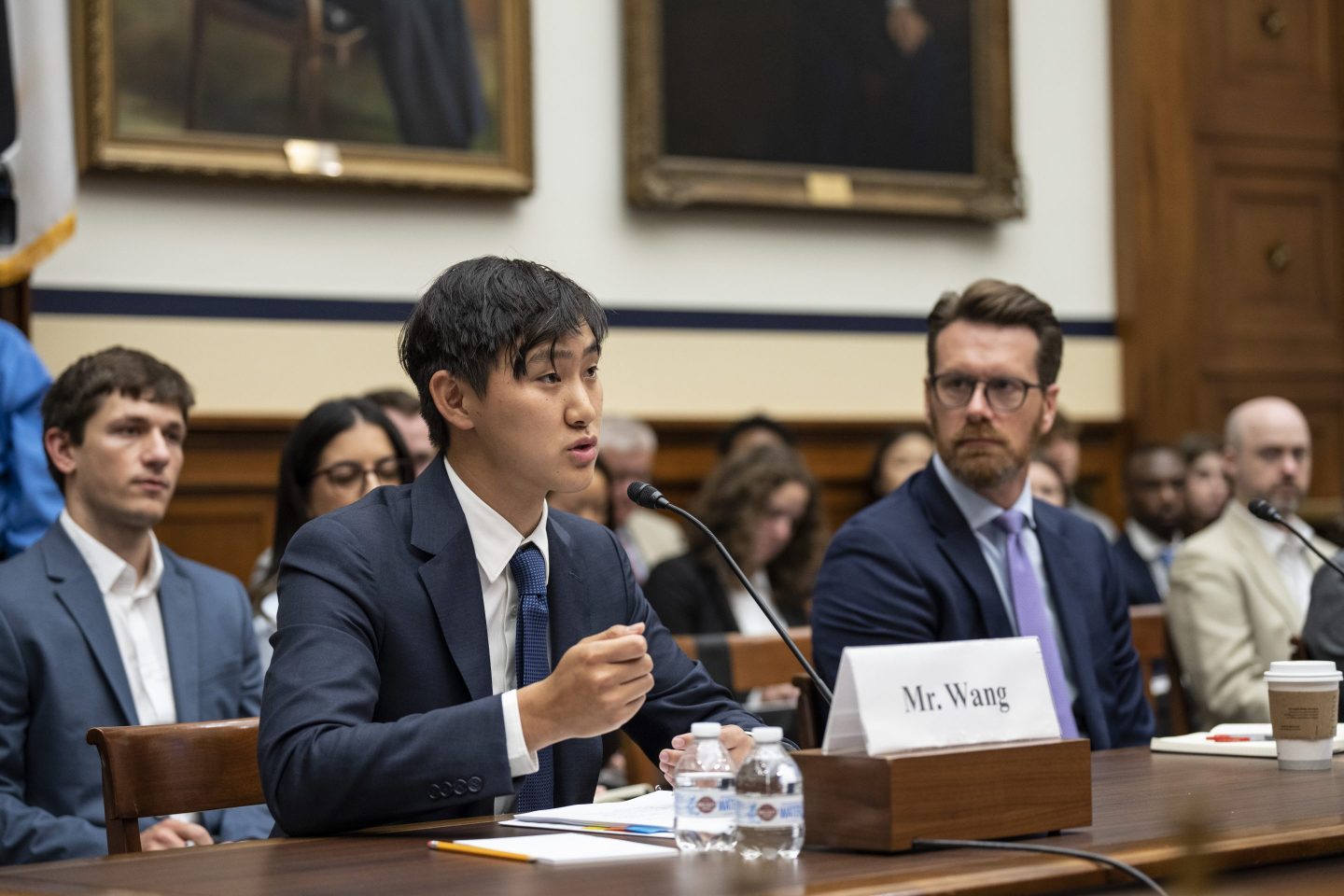Good morning,
Last week, the National Association of Corporate Directors (NACD) published its latest Blue Ribbon Commission report. This year’s topic is as intriguing and complicated as the humans who sit as directors: board culture.
While group dynamics are often challenging, the report recognizes that the psychosocial landscape for directors has become especially complicated. Boards are diversifying—finally welcoming executives who have truly different life experiences and perspectives—while responding to intense economic, social, and regulatory demands. The pace of change, thorny new issues, and the sheer volume of work have arguably opened the door to insecurities, ruffled feathers, and toxic behaviors in board meetings.
That’s a problem because the best, high-functioning boards “operate collaboratively with agility and speed to tackle whatever is coming down the pike,” says Mary Winston, cochair of the NACD’s commission and a former CFO at Family Dollar and Giant Eagle, who has spent more than 20 years as a corporate director. To be prepared for anything, she says, boards must be deliberate about creating strong interpersonal relationships, trust, and cohesiveness.
The new report offers dozens of tips for building new patterns and several questions directors can ask themselves to reflect on their own habits. It also lists signals that suggest your board is becoming dysfunctional. Fortunately, those indicators are not subtle, says Oscar Munoz, the commission’s other co-chair and the former chairman and CEO of United Airlines. “The signs are quick and ominous,” he says.
Here are some examples of board culture red flags:
—Side conversations and cliques. When directors have one-off sidebar conversations—old-guard board members or newer directors splintering off, or when people with similar opinions band together—it’s obvious, and it’s a problem, says Munoz, a director at Archer Aviation, CBRE, Salesforce, and TelevisaUnivision. He adds that if siloed discussions and gossip aren’t brought into the open, the issues behind them fester and “will absolutely magnify and explode when you hit a crisis.”
—Constant conflict. Having productive debates with people openly sharing differing opinions is a sign of positive board culture, says Winston, a director at Chipotle, Northrop Grumman, TD Bank Group, and the NACD. But she warns that frequent, heated conflicts are a symptom of something deeper: some issues or frustrations are being suppressed.
—A ‘veneer of collegiality.’ The report notes that boards sometimes take on a “go along to get along” attitude that can actually stifle honest debate and “allow the board to tolerate inadequate director performance.”
—The board agenda is too full. Meeting schedules that don’t allow enough time for robust conversations or have become “stale” and unresponsive to a company’s reality should also raise concerns, the report states.
The NACD commission focused its attention on practices boards can adopt to start reinforcing or rebuilding their codes of conduct, whether to prevent or repair glaring issues. For example, it suggests that boards assign leaders to monitor board behavior and add “board culture” to meeting agendas at set intervals. The report places special emphasis on topics like onboarding, offboarding, board evaluations, and inclusion.
“Bring it up to your board, work through these things,” Munoz says of the document. He adds that examining how you interact with each other is a good first step toward improving how you lead the companies you oversee—and it’s best done before an emergency.
Read the full report here.
Lila MacLellan
lila.maclellan@fortune.com
@lilamaclellan
Noted
“Stakeholder capitalism and ESG investing both had this narrative of ‘win-win,’ and that there’s no trade-off between doing well financially and doing good socially. The problem with that is that profits have to come from somewhere, and they are increasingly coming from undermining stakeholders and their well-being.”
—Denise Hearn, a resident senior fellow at Columbia University’s Center on Sustainable Investment, quoted in a new feature, “The Trolling of Corporate America,” by Fortune’s Maria Aspan.
On the Agenda
👓: Fortune just published its annual Change the World list, celebrating companies that have successfully combined profit and purpose without greenwashing or woke-washing. One example: a maker of charging stations for electric vehicles.
🎧: Board chairs or CEOs who struggle to control their tone may want to check out this Coaching Real Leaders podcast from Harvard Business Review. Host Muriel Wilkins helps an unnamed tech executive and C-Suite hopeful who says he has a problem getting his point across when speaking with leaders he sees as “inept and not up to the task.”
📖: Will shareholder activists begin to pounce? A new report from The Conference Board found a steep decline in new board directors with business strategy experience at S&P 500 and Russell 3000 companies. The number of board members described as having this skill declined by about 20% compared to 2018.
In Brief
—The Wall Street Journal took a careful look at why boards aren’t diversifying faster. One factor: “S&P 500 boardrooms welcomed fewer than 400 new independent directors this year, out of more than 5,000 seats—and nearly half of boards took on none.”
—Boards aren’t only tasked with planning CEO succession; they also have to support the new leader, which can be especially challenging for those replacing a founder or visionary executive. Harvard Business Review recently interviewed Jason Buechel, the new head of Whole Foods, on this topic.
—Gen Z’s soft skills are lacking, or so you’ve heard. But many members of that generation beg to differ. They say they’re missing traditional training.
—AI is set to assist, not replace, workers, says Erik Brynjolfsson, an economist who leads Stanford’s Digital Economy Lab. In a conversation with Fortune’s Geoff Colvin, he explains why companies must embrace the new tool.
The Long Read
Is Elon Musk green? Allow Fortune’s Peter Vanham to walk you “across time and into space,” pausing at formative moments in Musk’s unusual personal history, to answer that not-so-simple question. Yes, Musk, chief executive of Tesla, has done more to move the world toward zero-emissions electrification than anyone else. But he has also opposed key pillars of the environmental movement's values. Musk is CEO of SpaceX, too, and as Vanham notes, “In less than 3 minutes, the SpaceX’s Falcon 9 emits more CO2 than a typical car does in 25 years.”
“Individual humans have flaws, no matter how innovative or visionary they are,” Vanham concludes. “Musk is no exception to that rule. And even if he were a flawless superhero, we would need many more than one Superman to make a green transition happen.”
This is the web version of The Modern Board, a newsletter focusing on mastering the new rules of corporate leadership. Sign up to get it delivered free to your inbox.












